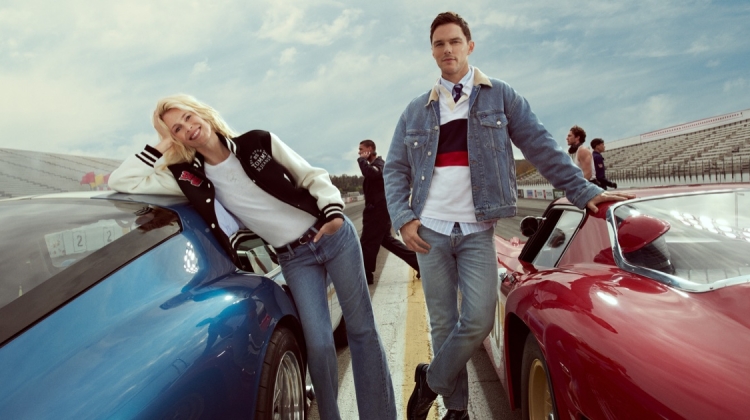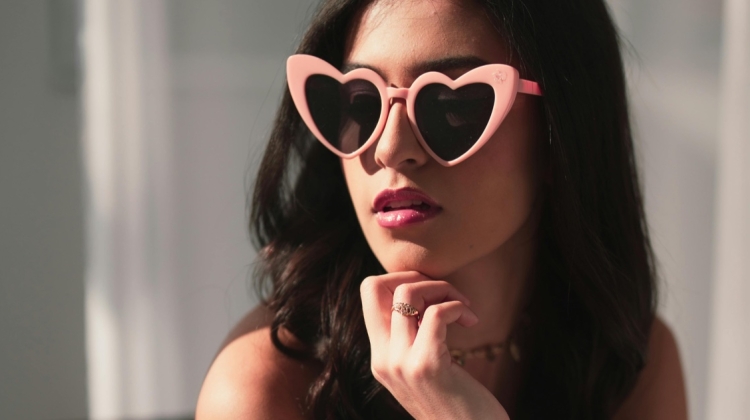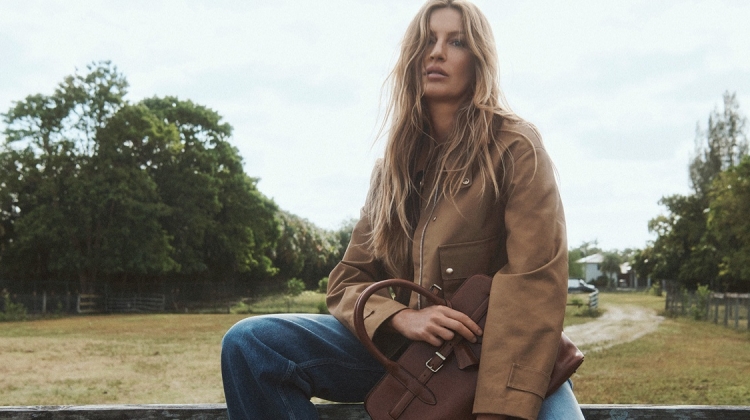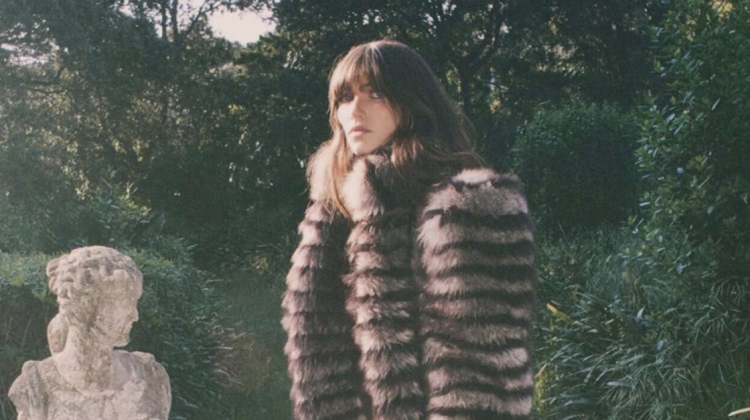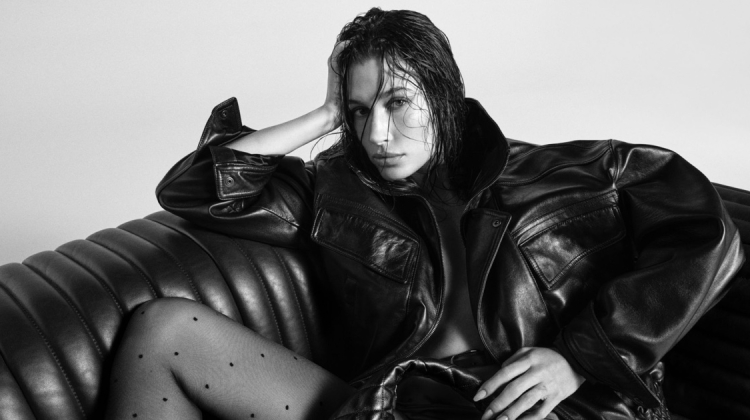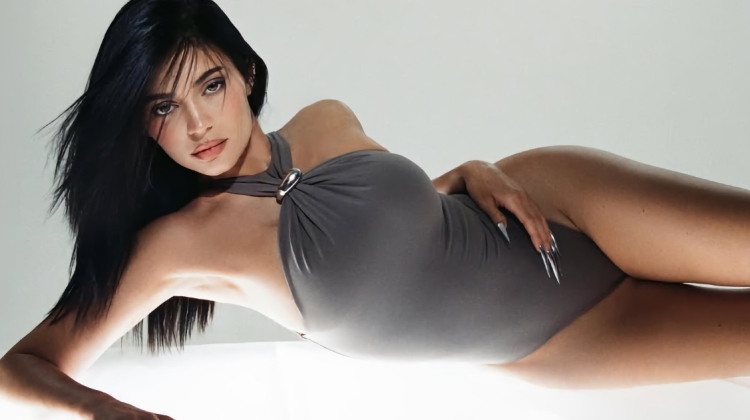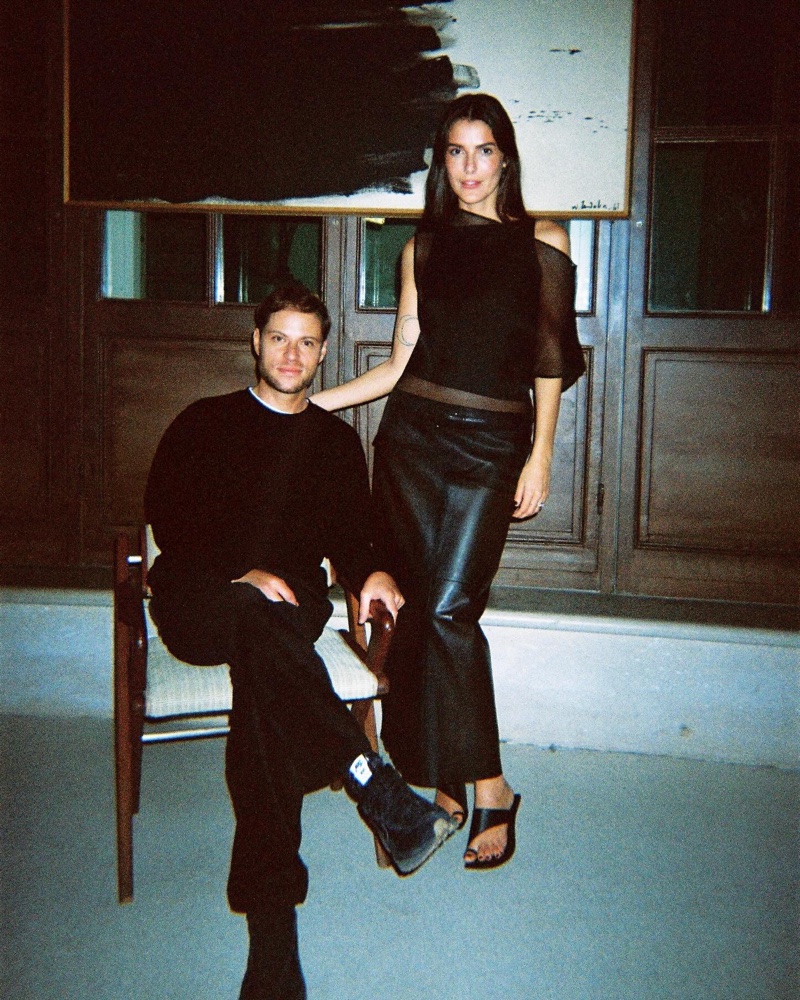
Fashion is no longer just about what you wear. It’s about how you live. Today, the lines between style and space are starting to blur. People who once followed runway trends from top fashion brands are now using the same eye for detail to design their homes.
Interior design is becoming more personal, guided by the same taste and individuality that shapes a wardrobe.
Style tastemakers like Leia Sfez, who co-founded The Oblist, are turning interiors into a lifestyle. It’s not about home decor trends or fast shopping. It’s about timeless objects, clean lines, and curated beauty.
Fashion’s Fingerprint on Design
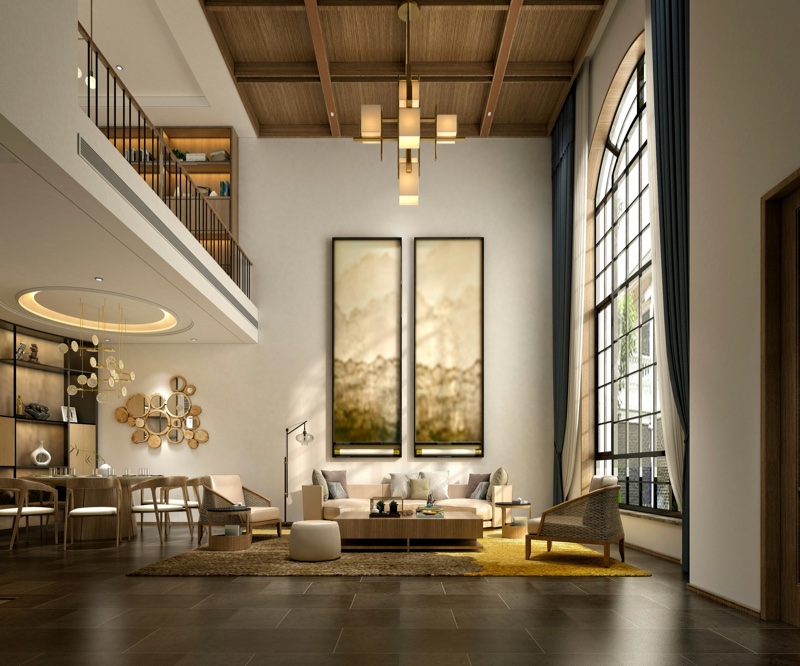
Fashion and interior design have more in common than people think. Both rely on shape, texture, and storytelling. Just like a great outfit, a well-designed space is about balance and intention.
Fashion houses have long experimented with interiors. Coco Chanel filled her Paris apartment with lacquered Coromandel screens. Gianni Versace turned his love for bold prints into entire home collections. More recently, Rick Owens took his edgy, sculptural style and applied it to brutalist furniture pieces.
Today, brands like Fendi Casa and Dior Maison bring runway-level detail into the home. They use rich fabrics, sculpted lines, and signature colors to create furniture that feels like couture. Even the color palettes of a fashion season can inspire interior trends, from earthy tones to bright pastels.
Leia Sfez: The Face of Minimal Luxury
Leia Sfez is known for her simple yet powerful sense of style. Based in Paris, she’s a style tastemaker who’s turned her love for clean lines and quiet elegance into a full lifestyle. Her outfits often feature neutral colors, sharp tailoring, and pieces that feel timeless. That same taste carries over into her work with The Oblist.
She doesn’t just follow fads. She curates with care. Whether it’s a coat or a coffee table, every item reflects her eye for balance and beauty. Many pieces featured in The Oblist are made to order, which avoids waste and supports slow production. From handmade ceramics to sculptural lighting, everything feels intentional.
Her personal and professional style feels connected, showing how fashion choices can shape the look and feel of a home. Leia brings a Parisian touch to everything she does. She proves that less really can be more, and that simplicity isn’t plain. Instead, it’s strong with intention.
The Rise of the Stylist-Curator Hybrid
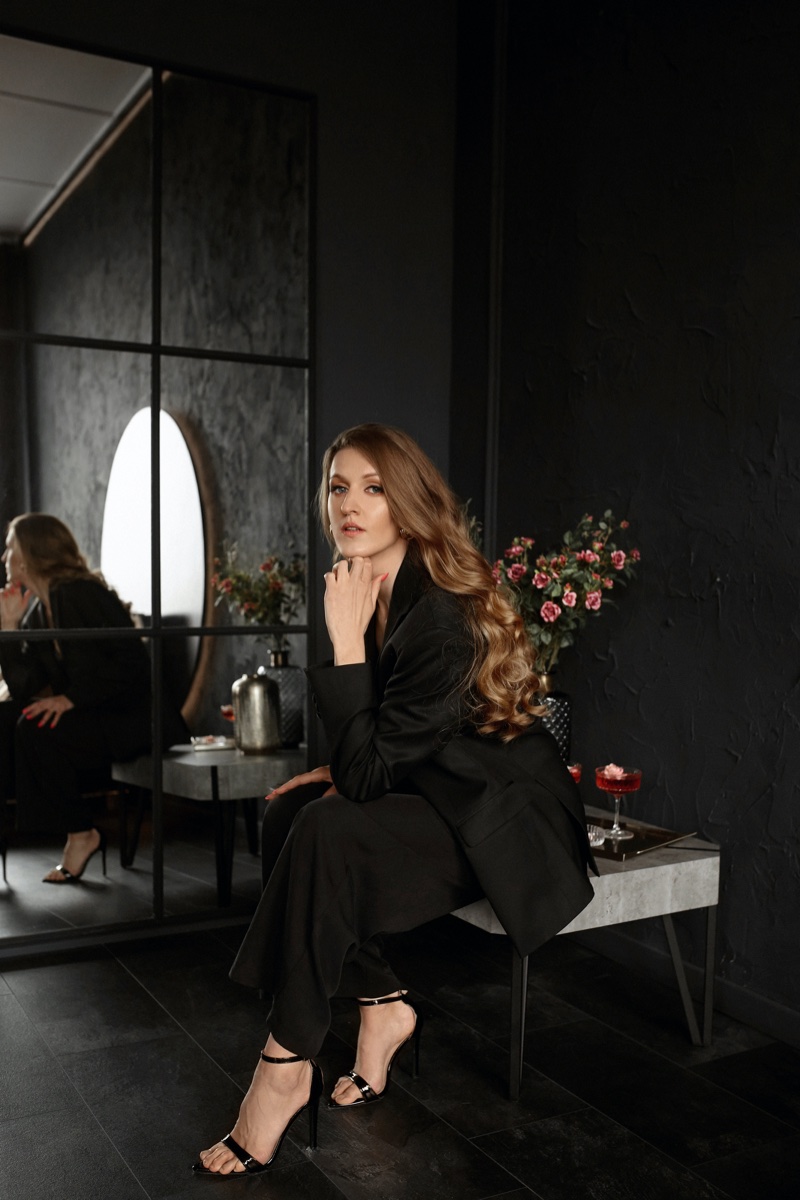
A new type of tastemaker is changing how we define style. No longer limited to clothing, today’s fashion figures are curating entire lifestyles.
This crossover reflects a growing trend: the rise of the stylist-designer hybrid. Figures like Athena Calderone and Pernille Teisbaek are merging fashion’s visual storytelling with interior design’s sense of space and permanence.
It’s not about decorating a home to match a trend. It’s about using the same eye for proportion, texture, and tone to create spaces that feel lived-in, edited, and true. This approach brings fashion’s clarity and curation into the very rooms we inhabit.
Materials, Mood Boards, and Modernity
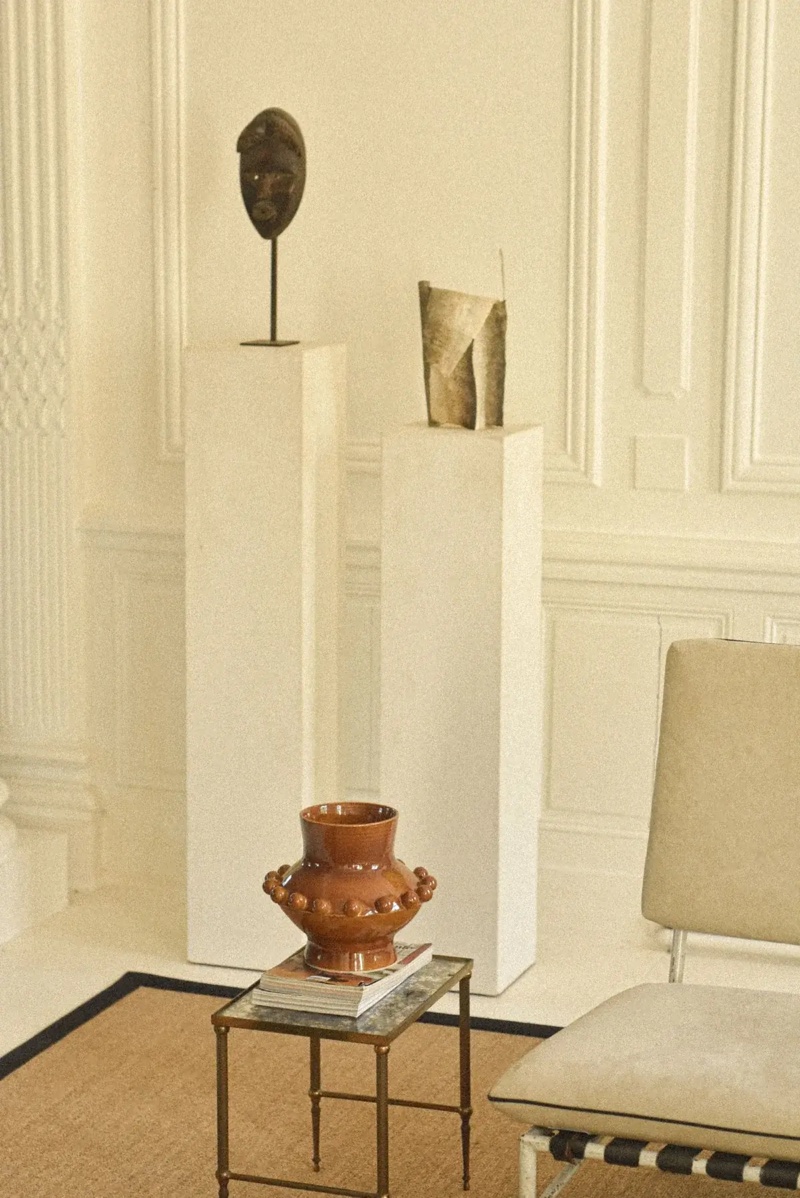
Fashion and interior design often begin in the same way, that is, with inspiration. Mood boards filled with textures, tones, and silhouettes guide both a collection and a living space. Designers use color stories from fashion to shape rooms, from soft neutrals to bold seasonal hues.
Materials play a big role, too. Bouclé, leather, silk, and brushed metal have moved from the runway to the living room. These rich materials add depth, warmth, and personality. Even the curve of a sofa can echo the lines of a tailored jacket.
Photography also connects the two worlds. The way a fashion campaign is styled with lighting, angles, and attitude influences how furniture is now photographed and sold.
What This Means for the Future of Luxury Living
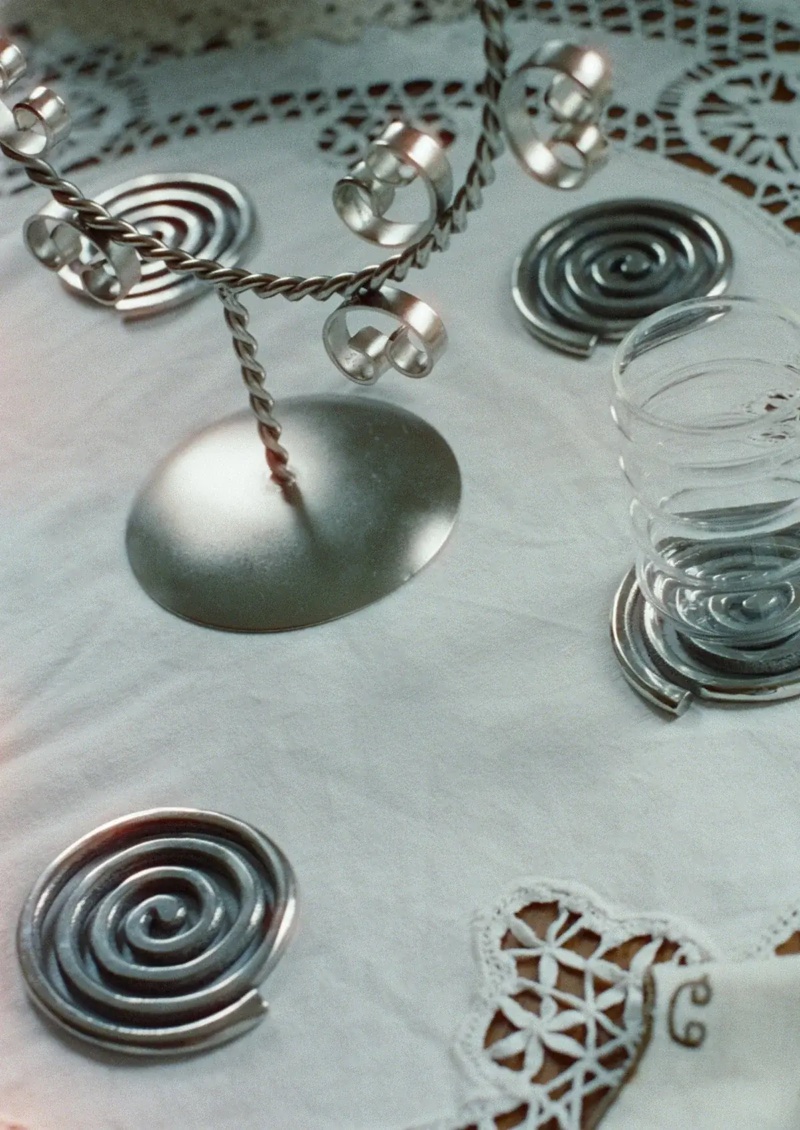
Luxury is changing. It’s no longer just about price or prestige. Today, it’s about how something feels, how it’s made, and how long it lasts. People want more than a current piece. They want something with meaning.
This shift is leading to slower, more thoughtful design choices. Shoppers are asking where materials come from, who made the product, and what story it tells. Like in fashion, there’s a move toward buying less but choosing better.
Homes are becoming personal style statements. A sculptural chair or hand-thrown vase can say as much as a designer bag. Every item is part of a bigger picture. As fashion continues to shape interiors, luxury living will feel more personal, creative, and connected
